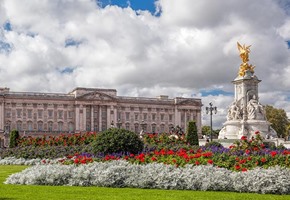
Royals and Rail: UK Train Journeys Fit for a King
28/04/2023 · By Ian Holt
Embark on UK train journeys fit for a king with Royals and Rail by Great Rail Journeys. Experience amazing regal travels all over the British Isles.
Read moreNorwich first came to prominence in the early 10th century, mainly because it had its own mint. Around this time, the city also became a major centre for trade, as the River Wensum provided easy access to Great Yarmouth, and from there to the rest of Europe. Coins from Norwich's mint have been discovered as far away as Scandinavia and the Rhineland, giving an impression of the extent of the city's trade. As a result, by the 11th century Norwich was England's largest city, after London. This was a position it held until about the time of the Industrial Revolution.
Several reminders of this prosperous time remain in Norwich today, and exploring the rich collection of twisting lanes and narrow passageways on foot is easy. There are a number of architectural gems scattered across the centre; Norwich Castle was constructed in 1067, as William the Conqueror realised the importance of protecting this wealthy city. Open as a museum today, the castle gives a fascinating insight into the history of the region, and has a range of displays on other subjects such as Queen Boudica of the Iceni Tribe.
Find out more with a free brochure and enjoy weekly travel inspiration and offers in our e-newsletter.
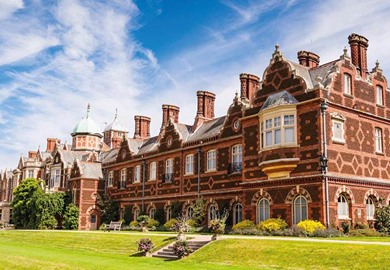
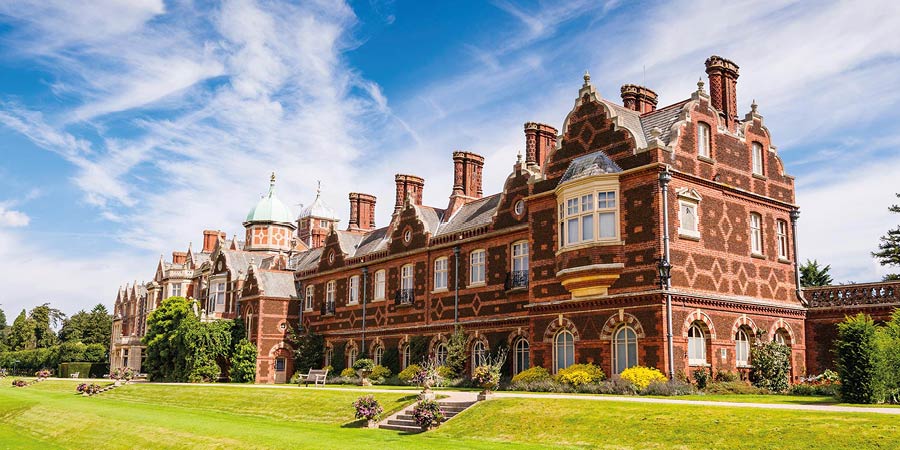
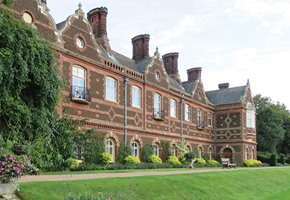
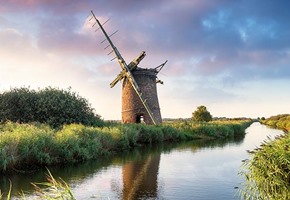
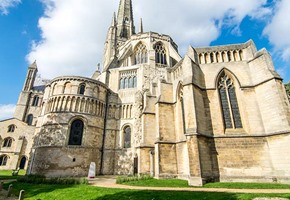
 (365 reviews)
(365 reviews)Discover the great city of Norwich on a guided tour, and explore the meandering waterways and famous heritage railways of Norfolk. From our base in historic Norwich, we enjoy a guided tour of this culture-rich city before scenic journeys on the Mid and North Norfolk railways, a cruise through the Norfolk Broads on a Mississippi paddle boat, and a...
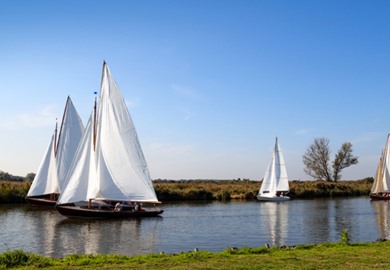
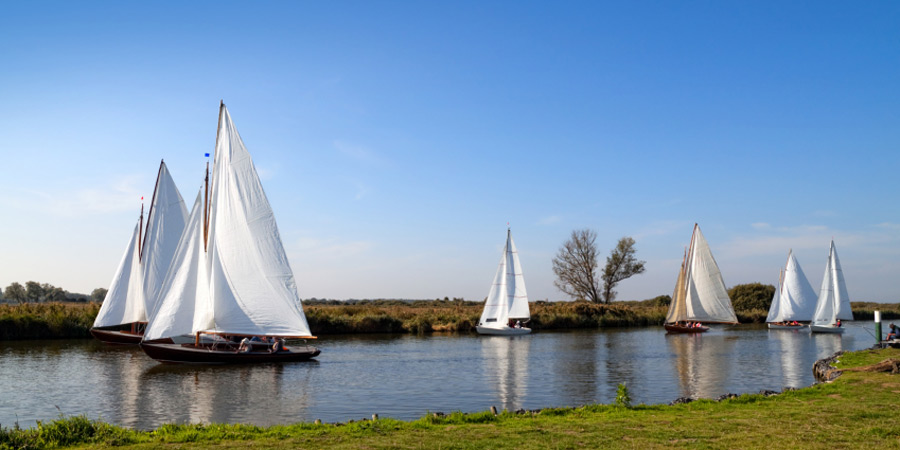
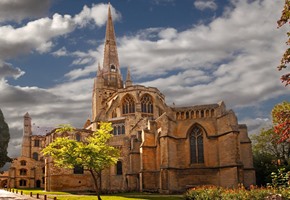
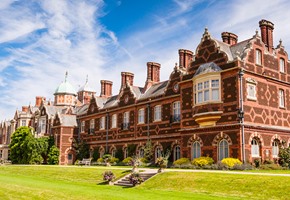
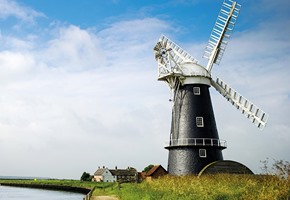
 (160 reviews)
(160 reviews)Discover timeless seaside towns, experience Norfolk's wonderful wildlife, and explore Sandringham - one of the best-loved stately homes of the British Royal Family - on this delightful holiday. From our elegant boutique hotel, restored from a Victorian townhouse in a quiet conservation area in Norwich, we explore the pretty waterways of the...
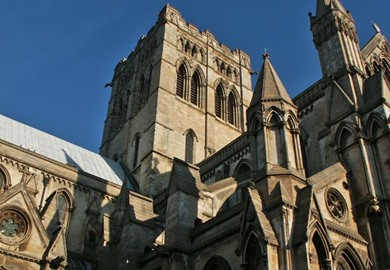
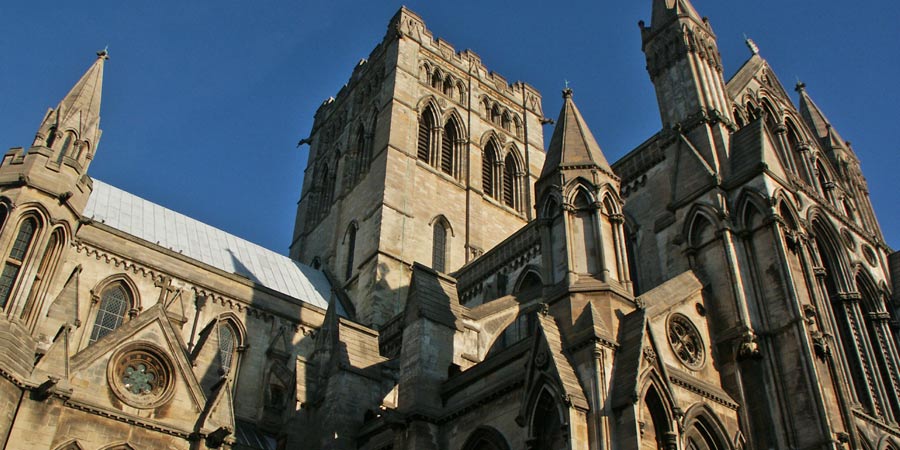

 (33 reviews)
(33 reviews)Experience Christmas in Norwich, a city brimming with history and seasonal cheer. From guided tours and traditional Christmas treats to brilliant light displays and scenic train journeys, enjoy the festive period in a memorable way. Explore wildlife-rich reserves, wander through ancient streets, and savour festive treats. This six-day getaway...



The imposing cathedral was built between 1096 and 1145, and is arguably the most magnificent landmark in all of Norfolk. Despite some minor alterations, it has remained surprisingly unchanged since this time; so much of the beautiful structure is in the Norman style. Its huge spire is the tallest in England after Salisbury.
The Cathedral Close is also a nice place to walk to, with its handsome houses and auxiliary buildings, including the old chapel and King Edward VI School - which is where the cathedral choir are currently educated. Other highlights of this beautiful town include its second cathedral. The Cathedral of St John the Baptist is the second-largest Catholic Church in England, and is a delight to discover. With its excellent access to the Broads and many nearby beaches, Norwich is a fantastic place from which to explore Norfolk.
